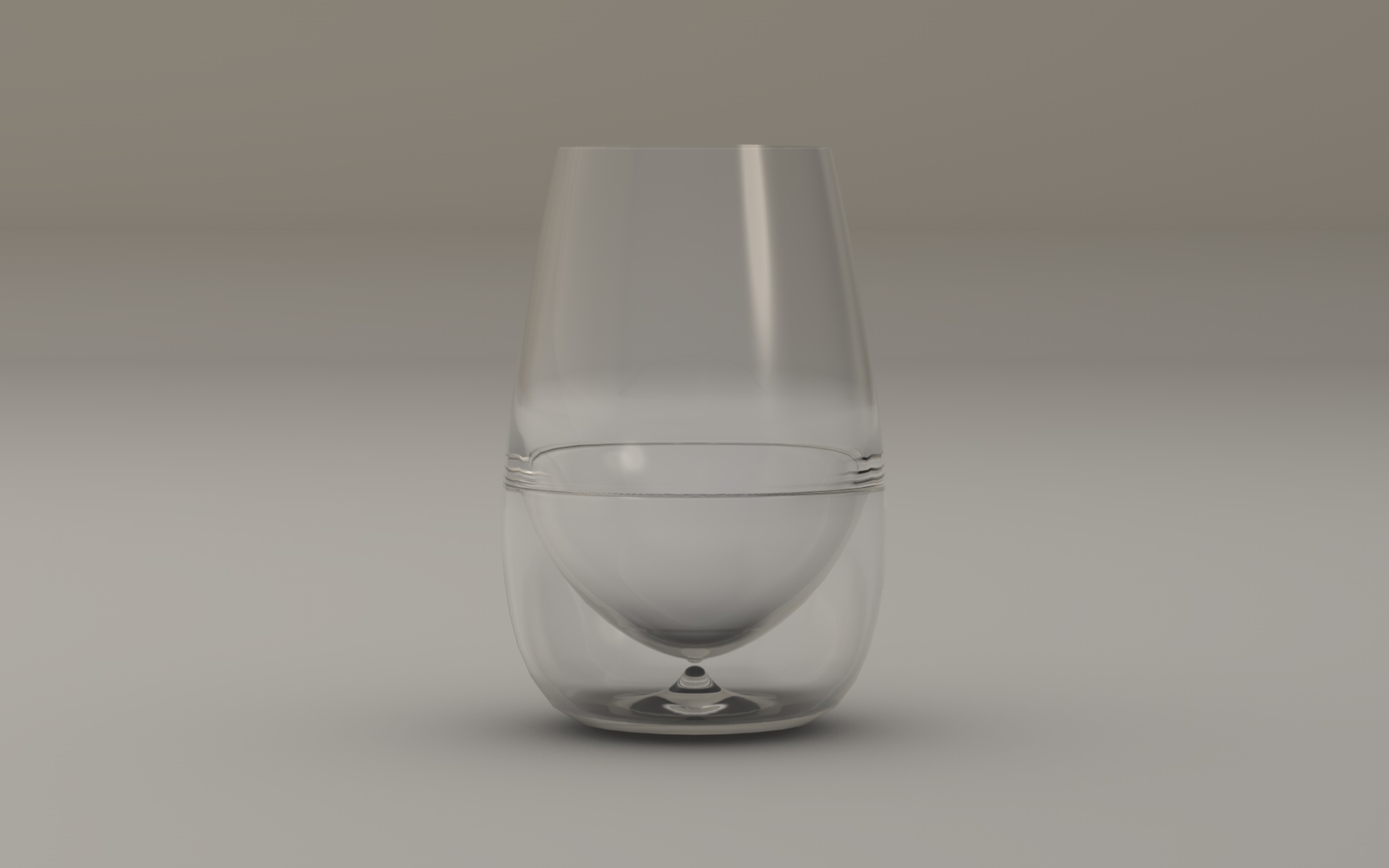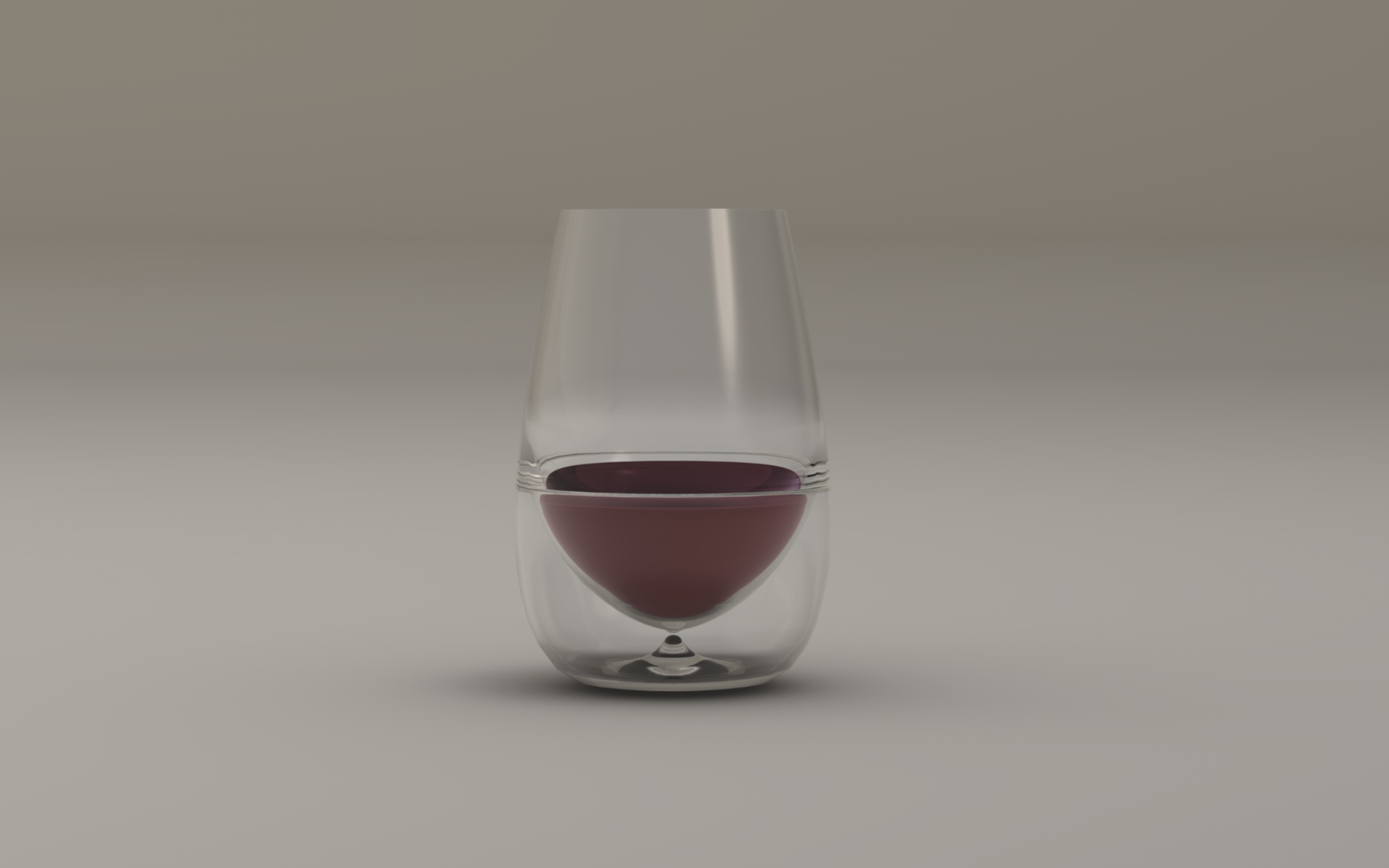Wine glass in post modern time
The most popular modern wine glass was designed in 1958 by the glass company RIEDEL. The history of wine glasses take its roots in chalice, a glass used in Christian rituals. Wine glass design has been historically influenced by Christianity. Wine itself symbolised (blood of) God and a glass stem - elevation above people. The design of unique stemware glass has not changed until the present day. But with time, the relationship between wine glass as an object and religion’s subjectivity has altered. We argue that interrelationship of the meaning of wine glass and the Chalice, designed thousands of years ago, may need to be reinterpreted according to contemporary (ir)realities. In the 19th century, philosopher F. Nietzsche used the phrase “God is dead” to show the contemporary interpretation of Christianity. Through the time of modernity and transitioning into postmodernity, this study reinterprets the juxtaposition and relationship of religion and wine glass design.
Shape determinatives
- Emotion Analysis
The emotion analysis of wine glass users is the first step in my design process. Employed to discover how humans handle objects, it paves the way for the design process.
- Practical shapes
The wine glass will be a half-double glass. The inner shape follows previous wine glasses for practical reasons. The outer shape will be defined by the hand shape, to follow the design point, which can be drawn as the result of emotion analysis.
- Semiotical meaning
A result of emotion analysis, stem removal puts God on a par with humans. The nearly touching projections in the double glass are though a reminiscent of the stemware wine glass and Christian design, which always remains in the history of wine glass development.
Research collaborator: Iurii Banshchkov
--
Talk
- at HuMITec Barcamp Berlin, 2017.06




